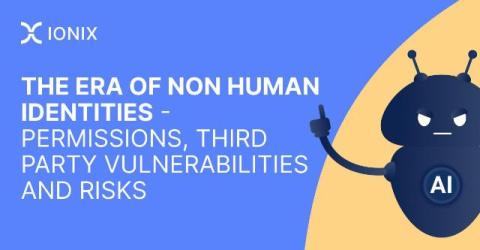Dude, Where's My Documentation?
This is a public service announcement: The not-so-simple act of securing applications produces a lot of documentation, including playbooks and policies, that isn’t typically needed on a daily basis. But when a zero-day event occurs, such as the recent Crowdstrike incident, application security teams better be able to find everything they need—and fast. Sadly, in both big and small companies, missing and outdated documentation is rampant.











